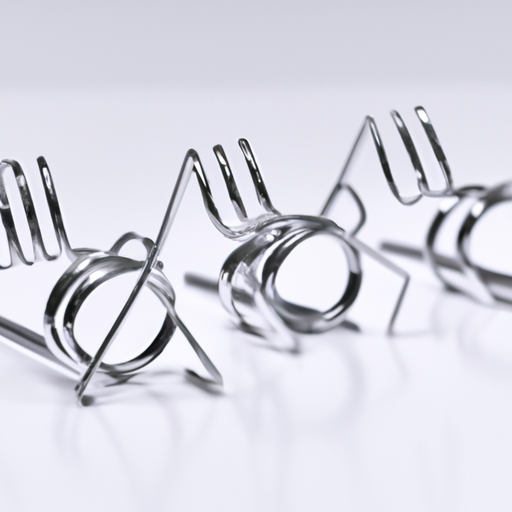Magnetic spring switches are a type of electrical switch that uses a magnet to control the flow of electricity. These switches are commonly used in a variety of applications, including security systems, industrial machinery, and consumer electronics. The production process for magnetic spring switches involves several steps, each of which is crucial to ensuring the quality and reliability of the final product.

Once the design is complete, the next step is to select the materials that will be used to manufacture the switch. Magnetic spring switches are typically made from a combination of metal and plastic components, so it is important to choose materials that are durable, lightweight, and conductive. The materials must also be compatible with the magnet that will be used to control the switch, as well as any other components that will be included in the final product.
After the materials have been selected, the next step is to manufacture the individual components of the switch. This may involve cutting, shaping, and molding the metal and plastic parts to the correct specifications. The components must be precise and uniform in order to ensure that the switch will function properly once it is assembled.
Once the components have been manufactured, the next step is to assemble the switch. This typically involves fitting the metal and plastic parts together, as well as installing the magnet and any other necessary components. The assembly process must be done carefully and accurately to ensure that the switch will work correctly once it is in use.
After the switch has been assembled, it is tested to ensure that it meets the required specifications. This may involve checking the electrical conductivity of the switch, as well as its ability to respond to the magnet. Any defects or malfunctions are identified and corrected during this testing phase.
Once the switch has passed all of the required tests, it is ready for packaging and distribution. The switches are typically packaged in boxes or trays to protect them during shipping and storage. They are then shipped to customers or retailers, where they can be sold and used in a variety of applications.
In conclusion, the production process for magnetic spring switches is a complex and precise operation that involves several key steps. From the initial design phase to the final testing and packaging, each step is crucial to ensuring that the switches are of the highest quality and reliability. By following a careful and thorough production process, manufacturers can create magnetic spring switches that meet the needs of a wide range of industries and applications.
Magnetic spring switches are a type of electrical switch that uses a magnet to control the flow of electricity. These switches are commonly used in a variety of applications, including security systems, industrial machinery, and consumer electronics. The production process for magnetic spring switches involves several steps, each of which is crucial to ensuring the quality and reliability of the final product.

Once the design is complete, the next step is to select the materials that will be used to manufacture the switch. Magnetic spring switches are typically made from a combination of metal and plastic components, so it is important to choose materials that are durable, lightweight, and conductive. The materials must also be compatible with the magnet that will be used to control the switch, as well as any other components that will be included in the final product.
After the materials have been selected, the next step is to manufacture the individual components of the switch. This may involve cutting, shaping, and molding the metal and plastic parts to the correct specifications. The components must be precise and uniform in order to ensure that the switch will function properly once it is assembled.
Once the components have been manufactured, the next step is to assemble the switch. This typically involves fitting the metal and plastic parts together, as well as installing the magnet and any other necessary components. The assembly process must be done carefully and accurately to ensure that the switch will work correctly once it is in use.
After the switch has been assembled, it is tested to ensure that it meets the required specifications. This may involve checking the electrical conductivity of the switch, as well as its ability to respond to the magnet. Any defects or malfunctions are identified and corrected during this testing phase.
Once the switch has passed all of the required tests, it is ready for packaging and distribution. The switches are typically packaged in boxes or trays to protect them during shipping and storage. They are then shipped to customers or retailers, where they can be sold and used in a variety of applications.
In conclusion, the production process for magnetic spring switches is a complex and precise operation that involves several key steps. From the initial design phase to the final testing and packaging, each step is crucial to ensuring that the switches are of the highest quality and reliability. By following a careful and thorough production process, manufacturers can create magnetic spring switches that meet the needs of a wide range of industries and applications.